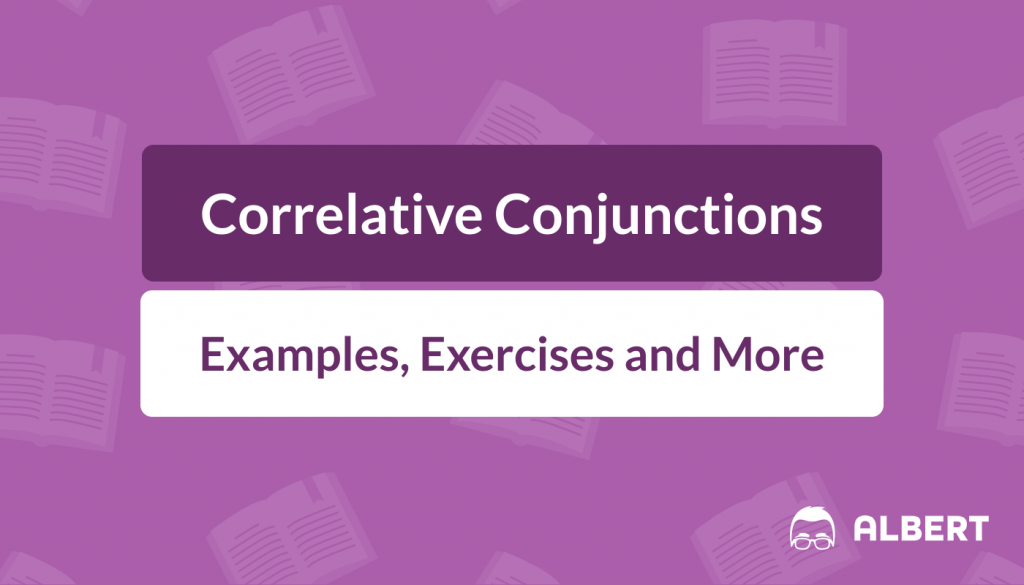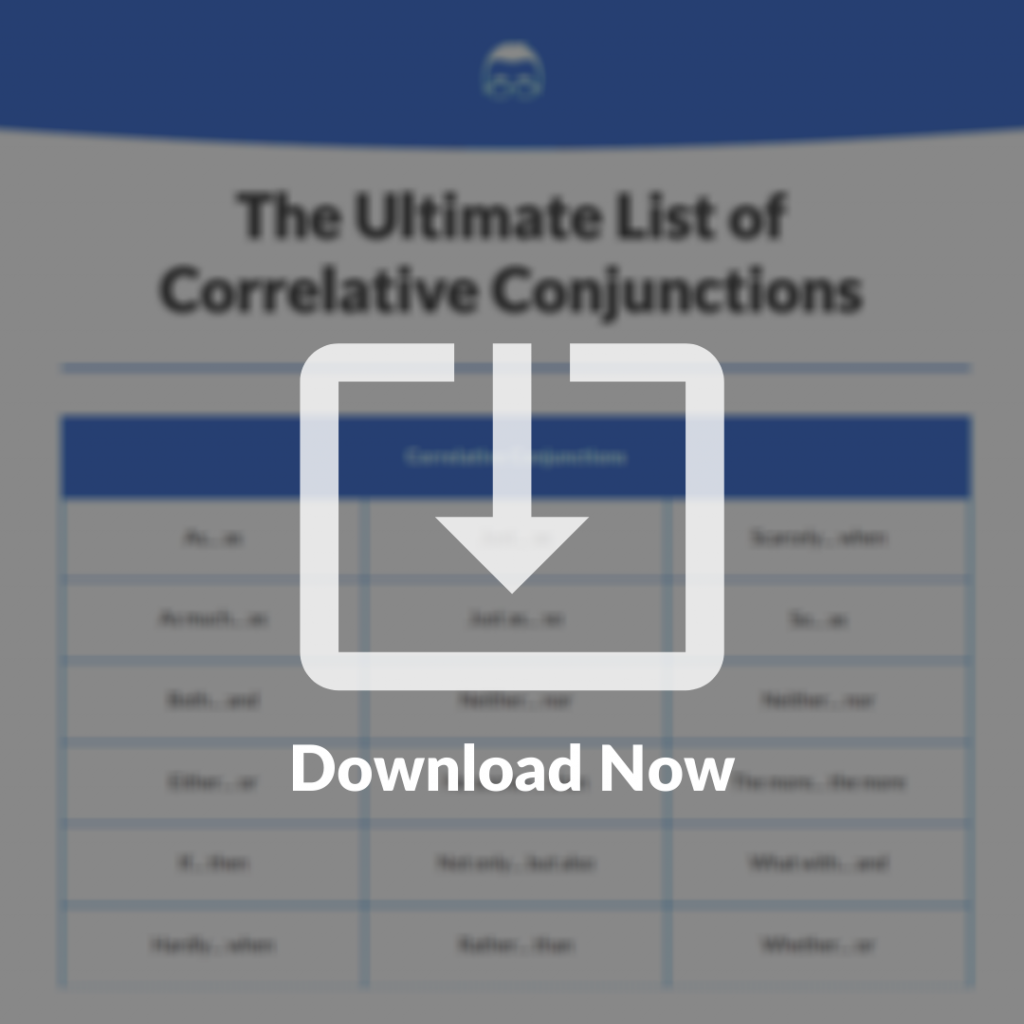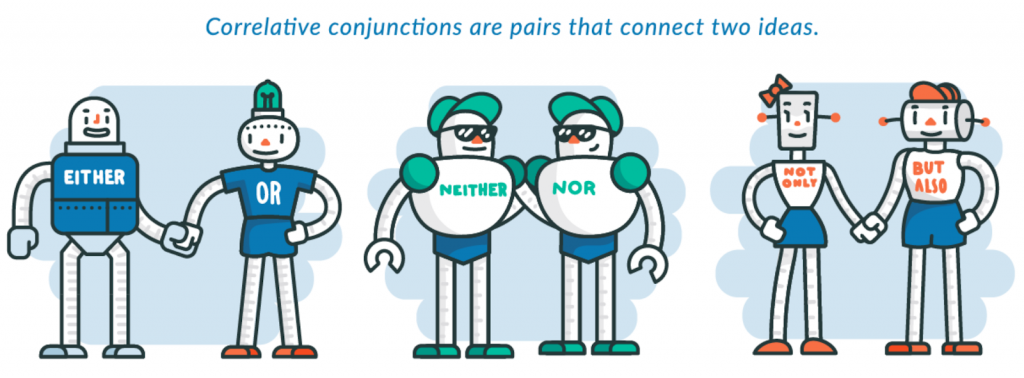
Conjunctions are words or word phrases that connect parts of a sentence, but they can get pretty complicated to learn because there are so many types.
Correlative conjunctions are one of the three main types of conjunctions, which also includes coordinating and subordinating conjunctions. Additionally, there is a type of adverb called a conjunctive adverb.
After reviewing and practicing the rules for correlative conjunctions in this post, check out our posts on coordinating and subordinating conjunctions, as well as our post about adjectives and adverbs, so you can become a conjunction master!
In this post we’ll review what correlative conjunctions are, the functions of correlative conjunctions, and how to use them effectively in a sentence.
Once you’re feeling confident, test yourself with a post-assessment quiz and practice with our high quality, standards-aligned questions here.
What We Review
The Basics of Correlative Conjunctions
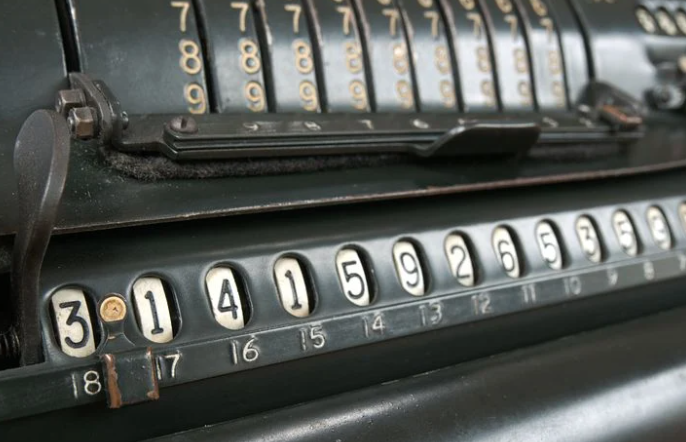
What is a Correlative Conjunction?
Correlative Conjunctions are pairs of words that work together to connect two parts of a sentence that hold an equal value, or correlate with one another. You’re probably familiar with a number of correlative conjunctions. Here are a few examples to get us started:
Either/Or
- I will either go to Costa Rica or Panama for vacation
Neither/Nor
- Neither the dogs nor the wild raccoons would eat the stew he made.
Not only/But also
- My new supervisor not only has exciting new ideas but also helps to bring them to life.
When working with correlative conjunctions, there are three important rules to remember: ensure verb agreement, ensure pronoun agreement, and ensure parallel structure.
Join two singular subjects with a singular verb.
Correct Verb Agreement:
- Neither the boy nor his brother want to do their chores.
Incorrect Verb Agreement:
- Neither the boy nor his brother wants to do their chores
In this example, both boy and brother are singular, so the singular verb want must be used.
Join two plural subjects with a plural verb.
Correct Verb Agreement:
- Either the students or their parents were expected to pick up supplies for the project.
Incorrect Verb Agreement:
- Either the students or their parents was expected to pick up supplies for the project.
In this example, both students and parents are plural, so the plural verb were must be used
Join a singular subject and a plural subject with the verb form used for the subject closest to the verb.
Correct Verb Agreement:
- Both the captain and the soldiers run two miles every day.
Incorrect Verb Agreement:
- Both the captain and the soldiers runs two miles every day.
In this example, the plural word soldiers is closest to the verb, so the plural verb run must be used.
Ensuring Pronoun Agreement with Correlative Conjunctions
When two antecedents are used with a correlative conjunction, the rules follow a similar pattern to verb agreement rules. Singular antecedents use singular pronouns, plural antecedents use plural pronouns, and when both a singular and plural antecedent are used, the pronoun is based on the second antecedent, or the antecedent closest to the pronoun.
- Both Joey and Sam completed his part of the project.
- Either the doctors or the nurses will visit their patients at least once a day.
- Not only the painting but also the sculptures show their unique style when put on display.
Ensuring Parallel Structure with Correlative Conjunctions
When using correlative conjunctions, it is important that the items or ideas being connected follow the same grammatical structure – they have equal functions in the sentence. This is called parallel structure. Parallel structure adds clarity to your writing, making it easier to follow.
Not Parallel:
- My brother not only likes to play video games, but also watch movies.
This example is not parallel because the first conjunction in the pair is followed by a verb, while the second conjunction is followed by a prepositional phrase.
Parallel:
- My brother not only likes to play video games, but he also likes to watch movies.
This example is parallel because both conjunctions are followed by a verb. Separating the conjunction but also to include the subject he is an acceptable way to use this conjunction.
- My brother likes not only to play video games but also to watch movies.
This example is a slight adjustment of the previous example. By moving the verb likes before the first correlative conjunction, a second subject does not need to be added, and both conjunctions can be followed by prepositional phrases to create a parallel structure.
Return to the Table of Contents
3 Tips for Understanding Correlative Conjunctions

Tip #1: Do not use commas with Correlative Conjunctions unless there is an independent clause included with the second half of the correlative conjunction
Since correlative conjunctions are used to connect parts of a sentence with equal value, we only need to use a comma when two independent clauses are being connected with correlative conjunctions.
For Example:
- My brother likes not only to play video games but also to watch movies.
In this example, the correlative conjunctions are connecting two prepositional phrases, so we would not use a comma.
- My brother not only likes to play video games, but he also likes to watch movies.
In the second example, the sentence was adjusted, along with the correlative conjunctions, to create two independent clauses.
In this case, we follow the comma rules for connecting independent clauses and place a comma before the second part of the correlative conjunction.
Tip #2: Avoid a double negative when using Neither/Nor
The double negative is a common mistake in writing, and the use of correlative conjunctions neither/nor is when you need to be on the lookout for a double negative.
Double Negative Example
- He did not like neither the movie nor the book.
By using a negative verb (did not like), the negative correlative conjunctions neither/nor create a conflict in the meaning of the sentence.
The above example is a very complicated way of saying he liked the movie and the book, which is probably not what the writer intended.
Correcting the Double Negative
- He liked neither the movie nor the book.
Here, the meaning of the sentence is much more clear. The positive verb liked allows the correlative conjunctions neither/nor to produce the intended meaning. He disliked the movie and the book.
- He did not like either the movie or the book.
The other option for making this sentence clear is to leave the negative verb but switch out the negative correlative conjunctions with either/or. This will give the same intended meaning – he disliked the movie and the book.
Tip #3: Be aware of the “Logic Rule” when ensuring Subject/Verb Agreement
The rules state that when connecting singular subjects and plural subjects, we should use the verb form of the closest subject. This is called the Proximity Rule.
However, some authorities refer to Logic Rule when determining the form of the verb. This rule states that if one of the subjects is plural, the verb is plural, regardless of proximity.
For example:
- Both the captain and the soldiers run two miles every day.
This example was correct because soldiers is plural and closest to the verb
- Both the captain and the soldiers runs two miles every day.
This example was incorrect because runs is the singular form of the verb, and soldiers is a plural subject.
Under the Logic Rule:
- Both the soldiers and the captain run two miles every day.
When following the logic rule, even though the plural subject soldiers is not as close to the verb as the singular subject captain, the plural verb run is still grammatically correct.
Under the Proximity Rule:
- Both the soldiers and the captain runs two miles every day.
When we follow the proximity rule, this sentence sounds awkward.
The best way to satisfy subject/verb agreement when working with a plural and singular subject with correlative conjunctions is to satisfy both rules at once. Place the plural subject closest to the verb and use the plural form of the verb.
Return to the Table of Contents
Applying the Basics: Correlative Conjunctions Review & Practice
Now that you understand what correlative conjunctions are, and how to use them properly in a sentence, let’s practice identifying them and checking for proper usage.
Remember, correlative conjunctions are pairs of words that work together to connect two parts of a sentence.
The Ultimate List of Correlative Conjunctions
Refer to the chart below for an extensive list of correlative conjunctions.
Return to the Table of Contents
Correlative Conjunctions Exercises & Review
Complete the quick exercise below to assess your mastery of correlative conjunctions.
Identify the correlative conjunctions in the following sentences. Make sure to identify both complete parts.
1. I had hardly stepped outside when the wind whipped me into circles.
- hardly/when
2. The piano prodigy can both memorize a song at one glance and compose her own songs in an hour.
- both/and
3. The class will either take their exam today or review the concepts one more time.
- either/or
4. Whether you like it or not, you must clean your room.
- Whether/or
5. He not only is a stellar student, but he also is a great athlete.
- not only/but also
Pro Tip: Ask yourself, “what ideas is the author trying to connect?”
For additional practice, check out the Correlative Conjunctions content on Albert.
Return to the Table of Contents
Try for Yourself: Correlative Conjunctions Quiz
Feeling confident in your understanding of correlative conjunctions?
Take this short quiz to see what you’ve learned:
1. Are correlative conjunctions used when connecting any two parts of a sentence?
- Answer: No
- Correct Explanation: That’s right! Correlative conjunctions are only used to connect two parts of a sentence that have equal value in the sentence.
- Incorrect Explanation: Sorry, that’s not right. Correlative conjunctions are only used to connect two parts of a sentence that have equal value in the sentence.
2. Do correlative conjunctions have to exist in pairs?
- Answer: Yes
- Correct Explanation: That’s right! Correlative conjunctions are pairs of words that work together to connect parts of a sentence that have equal value. If there is not a pair of words working together, a different type of conjunction is being used.
- Incorrect Explanation: Sorry, that’s not right. If there is not a pair of words working together, a different type of conjunction is being used. Correlative conjunctions are pairs of words that work together to connect parts of a sentence that have equal value.
3. Does the following sentence show an accurate use of correlative conjunctions?
Either I will drive downtown myself or take the train.
- Answer: No
- Correct Explanation: That’s right! Correlative conjunctions must connect parts of a sentence with equal value in order to have a parallel structure. I will drive downtown myself is an independent clause and take the train is a phrase. A subject would need to be added after the correlative conjunction in order to be accurate.
- Incorrect Explanation: Sorry, that’s not right. Correlative conjunctions must connect parts of a sentence with equal value in order to have a parallel structure. I will drive downtown myself is an independent clause and take the train is a phrase. A subject would need to be added after the correlative conjunction in order to be accurate.
4. Does the following sentence show an accurate use of correlative conjunctions?
Both the pool and the sprinkler did their part to cool everyone off during the hot summer day.
- Answer: No
- Correct Explanation: That’s right! Pronoun agreement must be ensured when using correlative conjunctions. Pool and sprinkler are both singular nouns, but the pronoun their is plural. The pronoun its should be used instead of their.
- Incorrect Explanation: Sorry, that’s not right. Pronoun agreement must be ensured when using correlative conjunctions. Pool and sprinkler are both singular nouns, but the pronoun their is plural. The pronoun its should be used instead of their.
5. Which of the following two sentences accurately uses correlative conjunctions to avoid a double negative?
A. The base is so high, I can’t hear neither the vocals nor the drum.
B. The base is so high, I can hear neither the vocals nor the drum.
- Answer: B
- Correct Explanation: That’s right! In order to avoid a double negative when using the correlative conjunctions neither and nor, a positive verb must be used. The verb can is positive, allowing the proper use of neither and nor.
- Incorrect Explanation: Sorry, that’s not right. In order to avoid a double negative when using the correlative conjunctions neither and nor, a positive verb must be used. The verb can’t is negative, so a double negative is created with the use of neither and nor.
6. Which of the following sentences accurately uses correlative conjunctions?
A. I would rather go to school than stay home.
B. I would rather go to school every day than home.
- Answer: B
- Correct Explanation: That’s right! In order to ensure parallel structure, the correlative conjunctions must connect parts of a sentence with equal value. Sentence ‘a’ connects a verb phrase with another verb phrase, while sentence ‘b’ connects a verb phrase with a noun.
- Incorrect Explanation: Sorry, that’s not right. In order to ensure parallel structure, the correlative conjunctions must connect parts of a sentence with equal value. Sentence ‘b’ connects a verb phrase with a noun, while sentence ‘a’ connects a verb phrase with another verb phrase.
For additional practice with correlative conjunctions, check out our practice on Albert.io: Correlative Conjunctions.
Return to the Table of Contents
Teacher’s Corner for Correlative Conjunctions
While it’s true that coordinating conjunctions are a foundational grammar skill, the Common Core English Language Progressive Skills Chart shows that even elementary-level skills “require continued attention in higher grades as they are applied to increasingly sophisticated writing and speaking.”
For specific standards addressing correlative conjunctions, check out the Common Core State Standards site!
Albert’s Correlative Conjunctions practice can be used for much more than homework!
Our assessments can be used as pre-and post-tests to measure student progress. Our pre-made quizzes can be used as bell-ringers, exit tickets, and more!
In addition to our pre-made assessments, you can also use our assignments feature to create your own quizzes and assessments.
Summary on Correlative Conjunctions
Correlative Conjunctions are pairs of words used to connect two parts of a sentence with equal value.
Correlative Conjunctions must ensure proper verb and subject agreement, as well as a parallel structure.
Using correlative conjunctions is a great way to enhance our writing, as long as we carefully follow appropriate comma usage and avoid the use of double negatives.
Practice makes perfect! Use our Correlative Conjunctions practice on Albert’s grammar course!
Need help preparing for your Grammar exam?
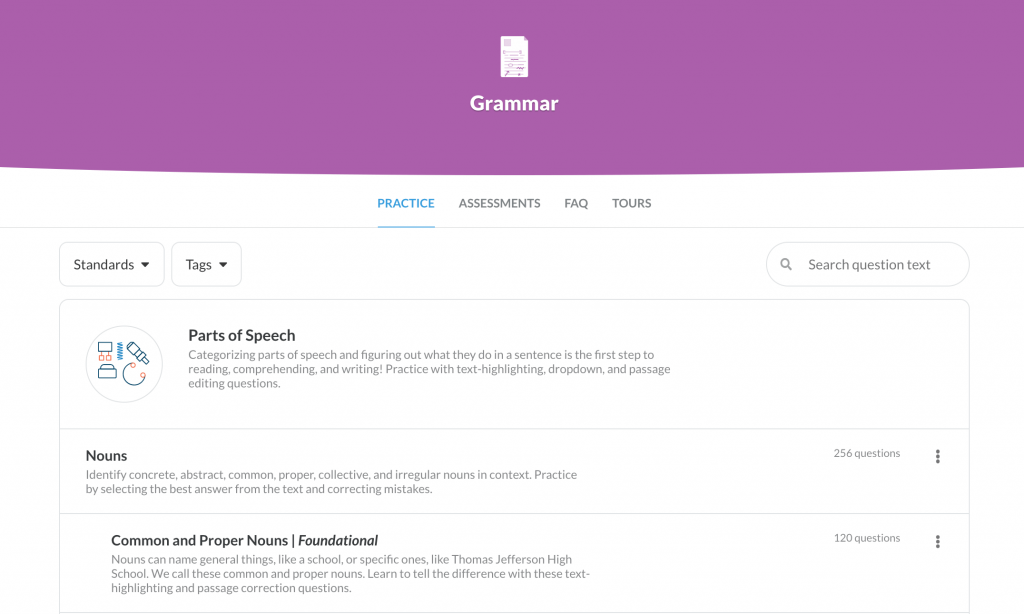
Albert has hundreds of grammar practice questions with detailed explanations to help you master concepts.

